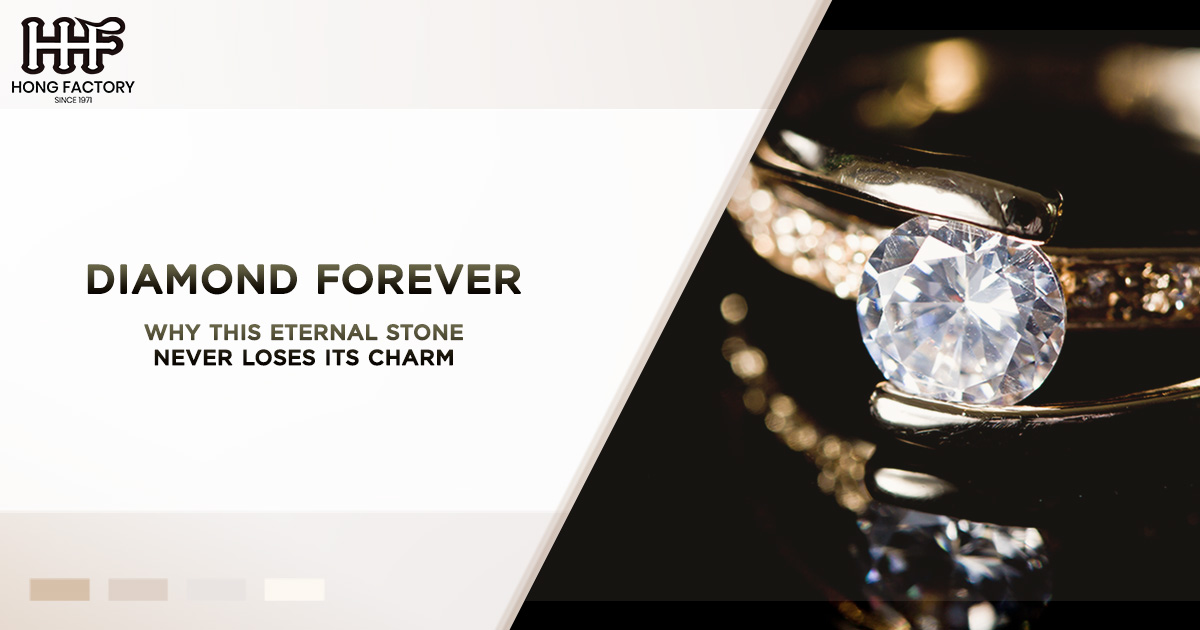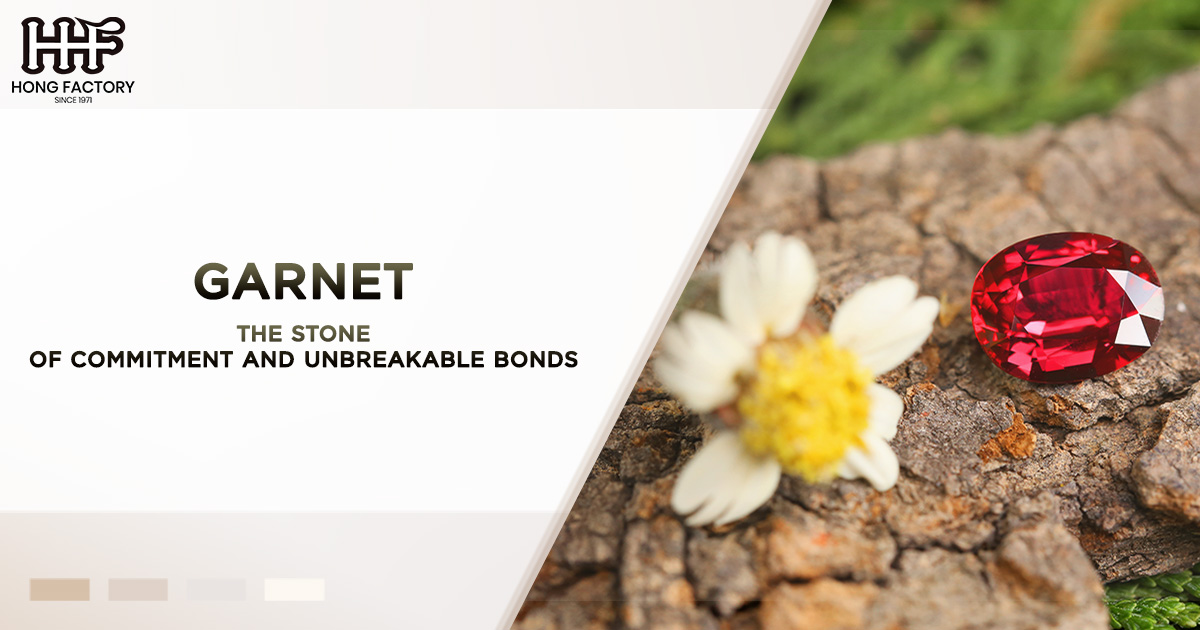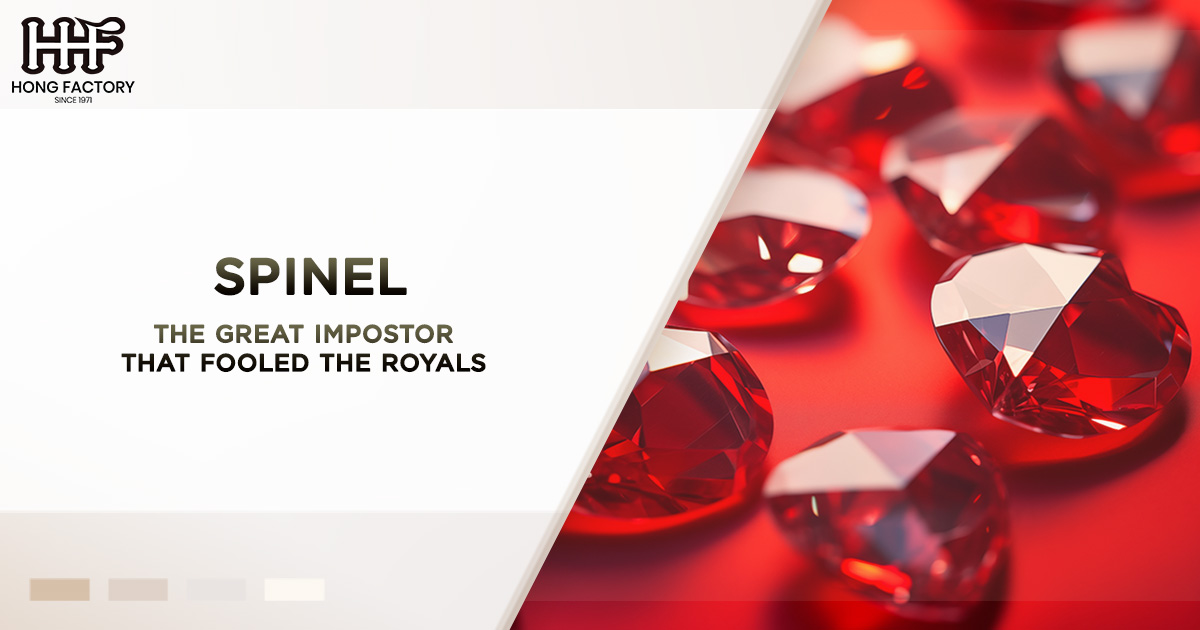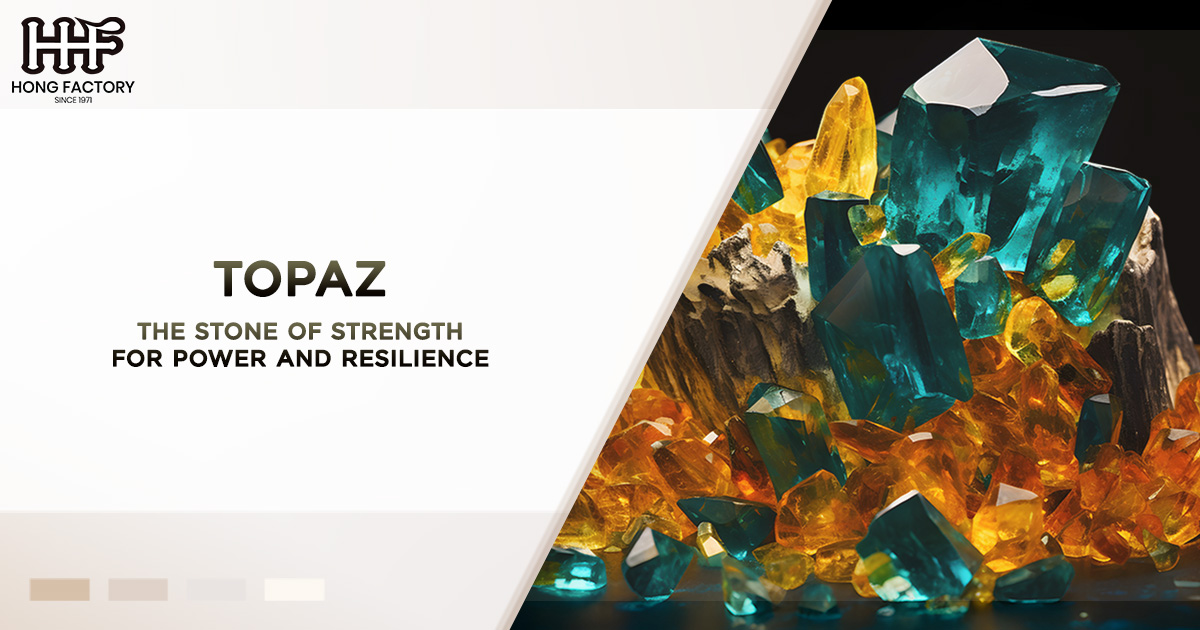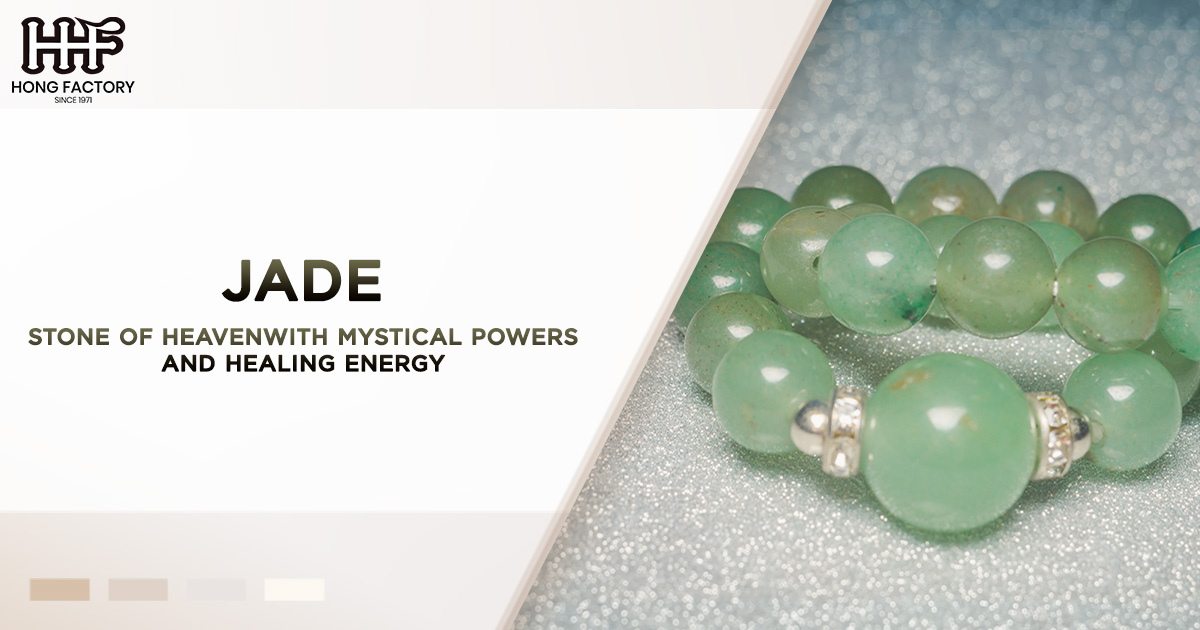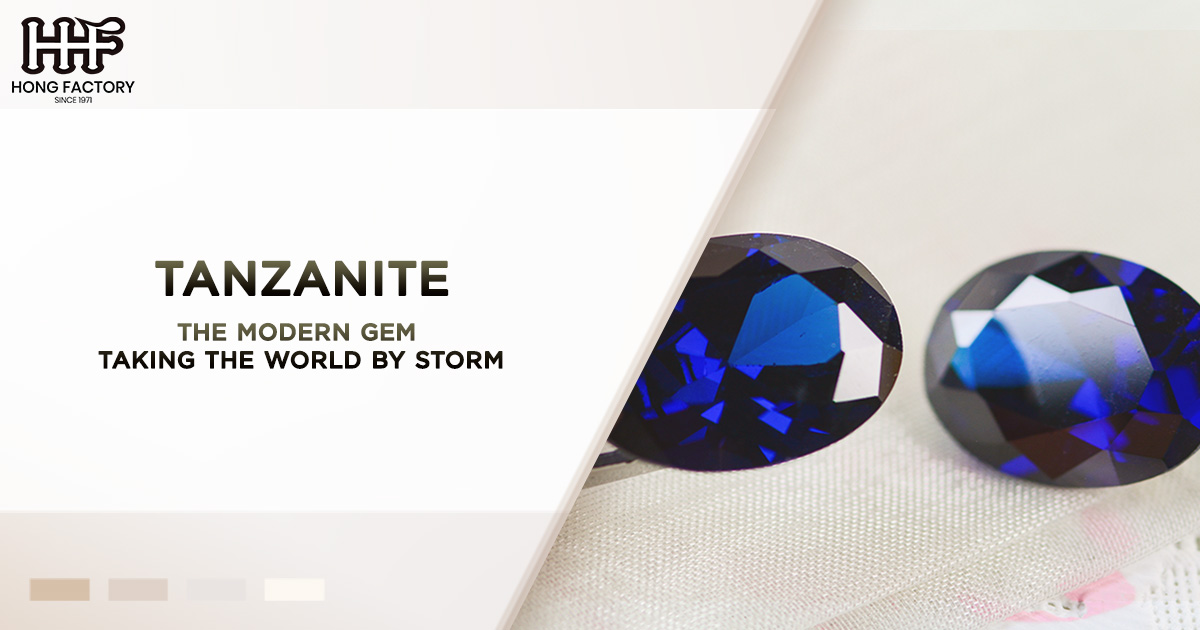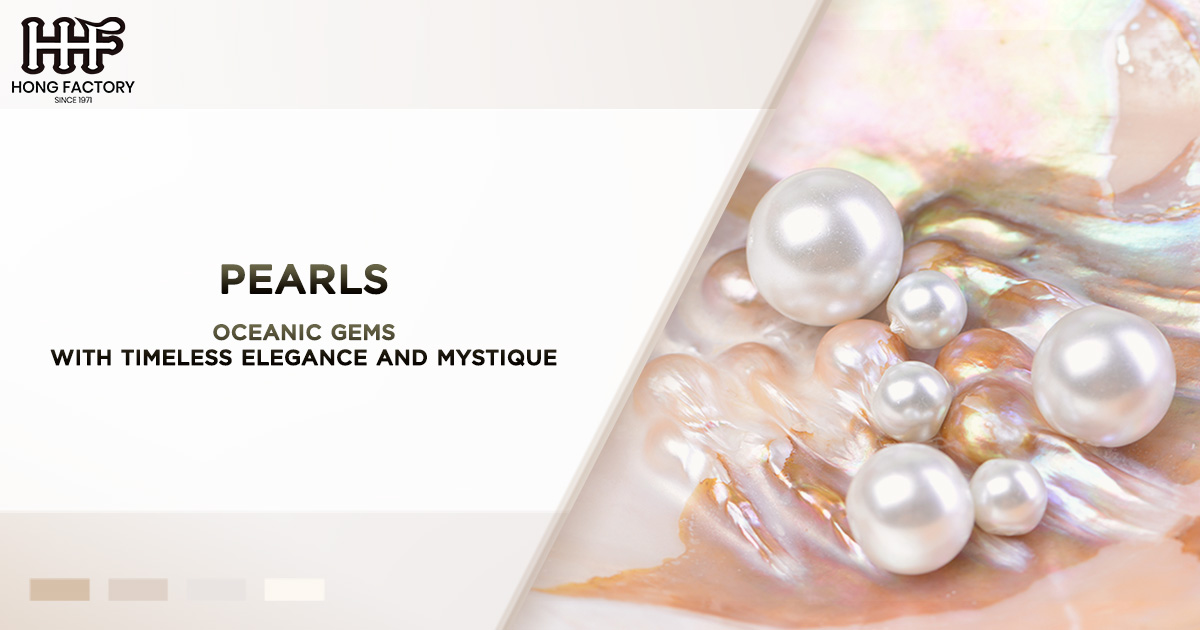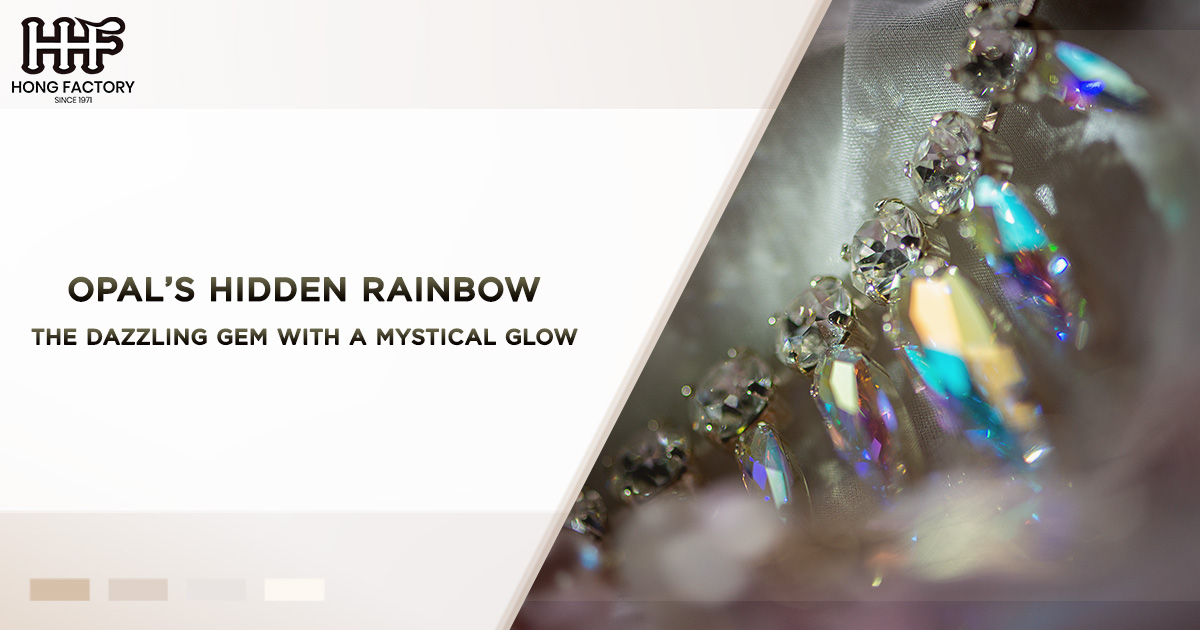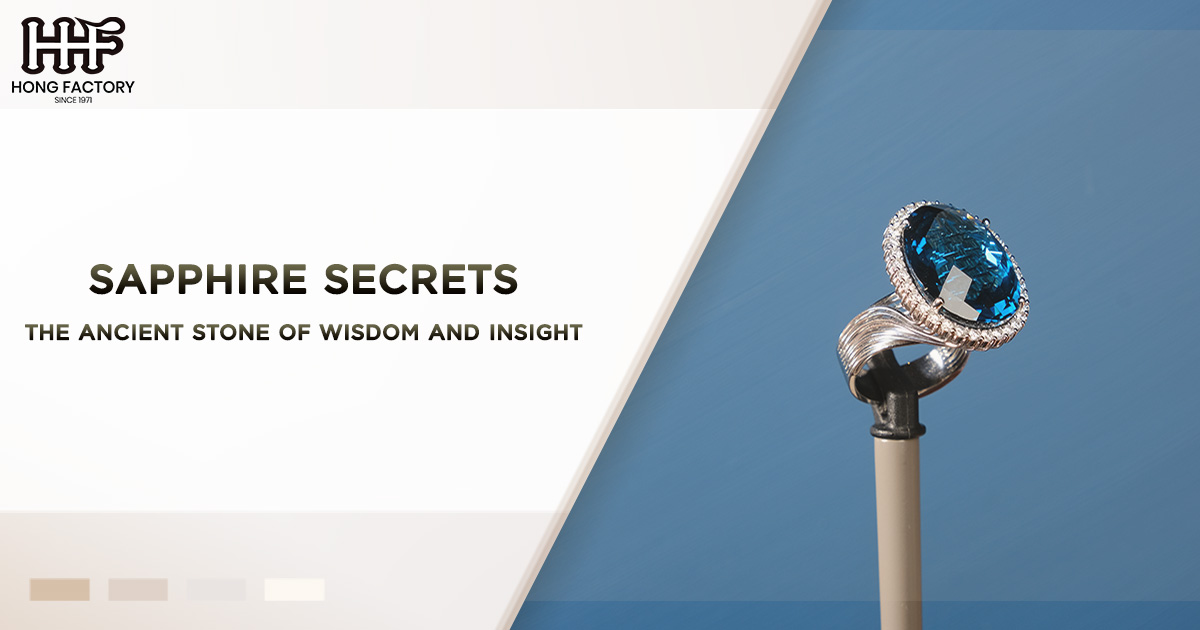Diamond Forever have captivated human fascination for centuries, symbolizing everything from love and commitment to wealth and status. Their allure lies in their extraordinary combination of beauty, rarity, and durability. In this article, we will explore the formation process of diamonds, how they are graded, their value as an investment, and their undeniable cultural significance. Along the way, we will examine the diamond’s brilliance, hardness, and why it remains the iconic choice for engagement rings.
The Formation Process : From Deep Earth to Dazzling Brilliance
Diamonds are formed deep within the Earth’s mantle under extreme heat and pressure. This natural process takes place over billions of years, making diamonds some of the oldest objects on Earth. At depths of around 100 miles beneath the surface, carbon atoms crystallize into diamonds due to temperatures exceeding 2,000 degrees Fahrenheit and pressures that are more than 50 times that at sea level.
These conditions give diamonds their unique structure, which contributes to both their hardness and brilliance. As one of the hardest known natural materials, diamonds rank 10 on the Mohs scale of hardness, making them incredibly resistant to scratching and wear. This durability is one reason why diamonds have been treasured for centuries, not only as gemstones but also for industrial applications.
Diamonds are eventually brought to the Earth’s surface through volcanic eruptions, where they are found in kimberlite pipes—specific geological formations that contain the precious stones. This extraordinary journey from deep within the planet to the point where they are extracted and cut into gems adds to their mystique and value.
The Diamond Grading System: Understanding Quality and Value
Not all diamonds are created equal. The value of a diamond is determined by a strict grading system that evaluates the “Four Cs”: Cut, Color, Clarity, and Carat weight. This system allows buyers to understand the quality of a diamond and serves as a universal standard for assessing its worth.
1. Cut
A diamond’s cut is crucial to its brilliance, as it determines how light interacts with the stone. A well-cut diamond will reflect light internally from one facet to another, resulting in the signature sparkle that diamonds are known for. The cut is not merely about the shape; it involves precise angles and proportions that maximize the gem’s ability to reflect light.
2. Color
While many people think of diamonds as perfectly clear, they actually come in a variety of colors. The most valuable diamonds are those that are colorless, as they allow more light to pass through, enhancing their brilliance. The Gemological Institute of America (GIA) grades diamonds on a scale from D (completely colorless) to Z (light yellow or brown).
3. Clarity
Clarity refers to the presence of internal or external imperfections, known as inclusions and blemishes, respectively. The fewer inclusions a diamond has, the higher its clarity grade, and consequently, its value. A flawless diamond is rare and highly prized, though most inclusions are so small they are invisible to the naked eye.
4. Carat Weight
Carat weight refers to the size of the diamond and has a significant impact on its value. Larger diamonds are rarer, making them more expensive. However, a well-cut smaller diamond can sometimes outshine a poorly cut larger one, making cut quality a critical factor in overall beauty.
By understanding these four Cs, buyers can make informed decisions, ensuring that they get a diamond that meets both their aesthetic and financial expectations.
Investment Value: A Symbol of Wealth and Stability
Diamonds have long been seen as a symbol of wealth and status, but are they a good investment? The answer depends on several factors. Historically, diamonds have held their value well, particularly those that are rare and of exceptional quality. However, like any investment, the value of a diamond can fluctuate based on market demand and supply.
1. Rarity and Demand
The rarity of diamonds plays a significant role in their investment value. Natural diamonds, particularly those that are large and exhibit exceptional color and clarity, are highly sought after and can appreciate in value over time. Colored diamonds, such as pink, blue, and green varieties, are even rarer and can command astronomical prices.
2. Market Trends
While diamonds remain a symbol of luxury, the market for diamonds has experienced shifts in recent years. The advent of lab-grown diamonds, which are chemically identical to natural diamonds but much less expensive, has introduced new competition. Nevertheless, natural diamonds, especially those certified by reputable grading authorities, continue to be seen as a stable store of value.
3. Long-Term Investment
For those considering diamonds as a long-term investment, it’s essential to focus on quality. High-grade diamonds with impeccable cut, color, clarity, and carat weight are more likely to retain or increase in value over time. Additionally, diamonds with a unique provenance or those used in iconic jewelry pieces often fetch premium prices at auction, further solidifying their status as a worthwhile investment.
Cultural Significance : The Symbol of Love and Commitment
Perhaps no gemstone carries as much cultural weight as the diamond. For centuries, diamonds have been associated with love, power, and eternity. Their cultural significance is deeply embedded in human history, going back to ancient times when diamonds were believed to hold mystical powers.
1. The Engagement Ring Tradition
The tradition of giving a diamond engagement ring dates back to 1477 when Archduke Maximilian of Austria presented a diamond ring to Mary of Burgundy, sparking a trend among European nobility. This tradition gained widespread popularity in the 20th century, largely due to the famous De Beers advertising campaign with the slogan “A diamond is forever.” This brilliant marketing strategy cemented diamonds as the ultimate symbol of eternal love and commitment.
Today, diamonds are the most popular choice for engagement rings, with their brilliance and hardness making them ideal symbols of an unbreakable bond. A diamond engagement ring is not just a piece of jewelry; it’s an enduring symbol of a couple’s promise to spend their lives together.
2. A Symbol of Power and Status
Beyond engagements, diamonds have long been seen as a symbol of power and status. Royals, celebrities, and the wealthy have adorned themselves with diamonds to showcase their influence and success. The diamond’s brilliance and rarity have made it a favorite for crowns, tiaras, and other statement pieces, further enhancing its reputation as a gemstone reserved for the elite.
3. In Popular Culture
Diamonds have also played a significant role in popular culture. From Marilyn Monroe famously singing “Diamonds Are a Girl’s Best Friend” to the portrayal of diamonds in films like “Blood Diamond,” they continue to capture the imagination of the public. Their association with luxury, beauty, and exclusivity keeps them at the forefront of cultural conversations.
Conclusion
Diamond Forever are much more than just beautiful stones; they represent the intersection of nature’s power, human ingenuity, and cultural significance. Their formation process, taking billions of years under extreme conditions, gives them a unique place in the natural world. The rigorous grading system ensures that buyers can appreciate their value, while their rarity and brilliance make them a sought-after investment.
Beyond their physical attributes, diamonds hold an emotional and symbolic weight that few other materials can match. Whether as a symbol of love in an engagement ring or as a display of wealth and status, diamonds have secured their place in history and will continue to captivate future generations. With their unmatched hardness and brilliance, diamonds truly are forever.

